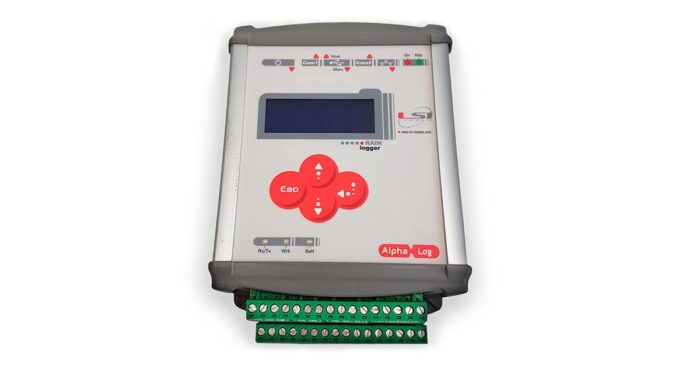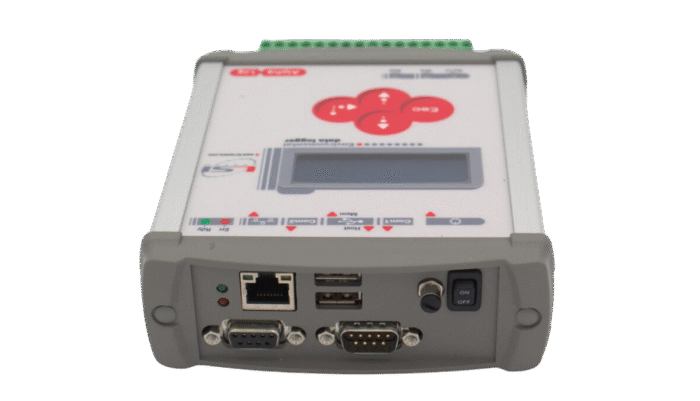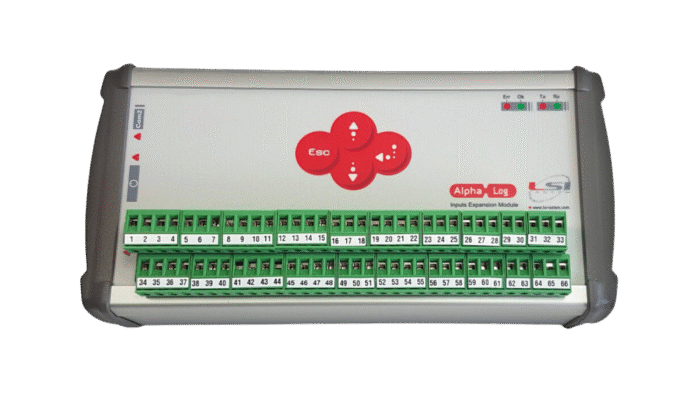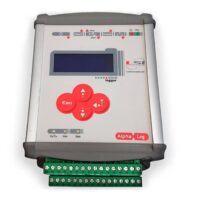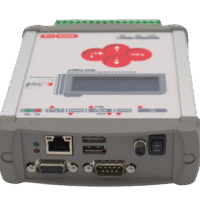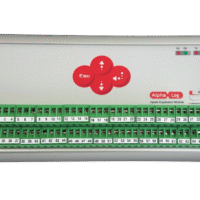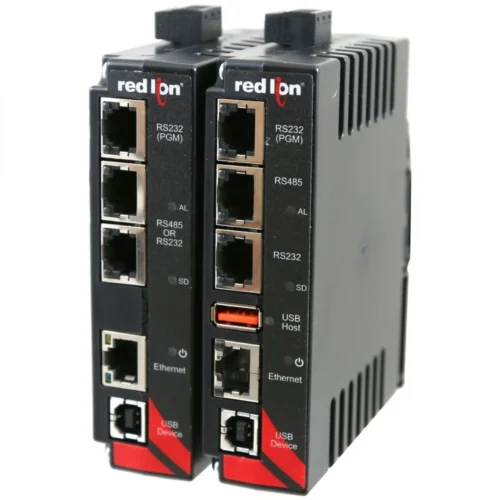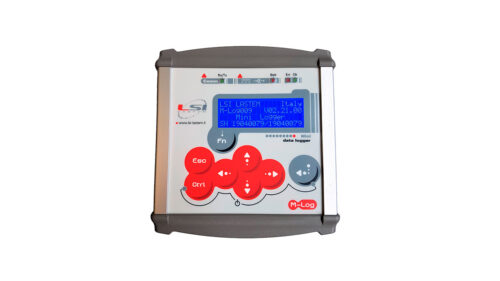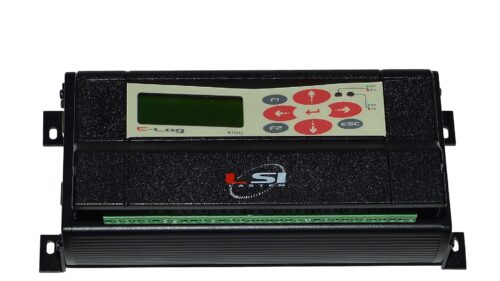Description
The Apex Data Logger of the LSI LASTEM Family
Alpha-Log was engineered with the clear objective of serving as an autonomous acquisition system, yet also designed for seamless integration into more intricate setups.
Built upon a Linux architecture, it harnesses the robust capabilities of this operating system while maintaining extremely low power consumption for its acquisition components. Furthermore, considerable attention has been paid to its usability, data management, and output functionalities, keeping pace with the most contemporary requirements.
Alpha-Log
Highlights
- Features a Linux operating system for data processing and communications. Offers an open architecture based on an integrated Linux PC;
- Includes an integrated web server for real-time data, diagnostic information, and direct data download to Excel files via an Internet browser;
- Boasts a large number of analog, digital, and serial inputs. Manages up to 200 channels, encompassing measured, derived, and calculated quantities;
- Provides a substantial, multi-level data memory with removable external storage;
- Supports 3G/4G communication, wireless router, Ethernet, WIFI, and satellite; incorporates a redundant dual system with automatic failover;
- Equipped with RS232, RS485, and SDI-12 ports for connecting to serial sensors;
- Utilizes a range of data communication protocols: Modbus RTU/TCP data, FTP (client/server), SFTP, SMTP, SAP, MQTT, HTTP, R-MAP (Participatory Environmental Monitoring Network);
- Additional supported protocols include SSH, NTP;
- Features low power consumption with intelligent energy-saving modes;
- Enables programmable logic for message notifications or activating external devices;
- Alarm notifications are delivered via SMS, email, and local digital outputs;
- Offers advanced processing for statistical data analysis: total values, rain intensity, moving and current statistical values, and wind elaborations;
- Supports remote system configuration, even via modem, without requiring fixed IP SIM Cards or VPN;
- Allows for remote firmware updates;
- Includes an internal temperature sensor and integrated atmospheric pressure sensor;
- Model code: DLALB0100.
Other Highlights
Input for analog and digital sensors – Main module
- Two digital inputs for two independent rain gauges, or one rain gauge with a dual reed relay / Two frequency inputs for optoelectronic anemometers (selectable);
- One dedicated input for the storm front distance measuring sensor;
- One Pt100 input for a Temperature sensor;
- One 0-2 V input;
- Integrated Absolute Pressure sensor;
- Integrated internal Temperature sensor.
Input for analog and digital sensors – Inputs extension module ALIEM
- Eight analog differential inputs (16 single-ended);
- Four digital inputs.
Internal web-server
Alpha-Log integrates an internal web-server. Using any Internet browser, the following information is accessible:
- Diagnostic information (system date/time, IP address, battery status, events/alarms log, output status, etc.);
- Instant values;
- Data downloading from memory (ASCII, CSV, Excel, ZIP).
Sensors acquisition rate
The acquisition rate is individually programmable for each sensor, ranging from 1 second to 12 hours. To conserve energy for power-hungry sensors, an advanced power supply can be activated from the acquisition event (warm-up) and then terminated immediately after acquisition.
Data elaboration
Statistical processing of raw data can be performed across one or more time bases, programmable individually for each channel (from 1 second to 24 hours).
Derived environmental quantities and mathematical functions
The library of derived quantities includes a series of calculations utilizing acquired measurements, constant values, and other calculated quantities. The library also encompasses mathematical functions. Alpha-Log manages up to 200 channels, comprising acquired, derived, and calculated quantities.
Data memory
Features a large internal circular memory (8 GB total) with 5 GB dedicated to circular data storage, plus an extractable USB external memory (up to 32 GB capacity) with a FAT32 file system. The external memory can be directly read from a PC. Alpha-Log stores data in ASCII format. Its open operating system allows for the development of alternative storage formats.
Data communication protocols
Available data communication protocols:
- FTP (ASCII format);
- SFTP (ASCII format);
- SAP (Simple ASCII Protocol, proprietary);
- Modbus-RTU/TCP;
- MQTT (to Broker MQTT);
- SMTP (via Email);
- HTTP;
- SMS.
Communication time rate
Depending on the protocol and communication device utilized, the shortest data communication time base to the remote server can be selected:
- Via FTP: minimum 3 minutes;
- Via MQTT: minimum 1 second. It is possible to configure different data communication rates based on alarm statuses. For example: increasing the communication rate when rain intensity exceeds a predetermined threshold.
ASCII file data format
Alpha-Log can transmit data files in ASCII format to one or more FTP servers, with configurable column content.
Switched power supply outputs
Outputs are available to power sensors and external devices. These can be activated with configurable logic based on sensor requirements or event occurrences. These outputs convert to relay outputs using an external module.
Warnings by SMS, E-mail and MQTT
Notifications/alarms delivery:
- E-mail: with customizable text, scheduling, and distribution lists. The email attachment contains the file with the data that triggered the event. Option to replicate messages via SMS through applicable Web services;
- SMS: with customizable text, scheduling, and distribution lists for up to 5 users. Active only when the device is in low-power mode and connected via 3G/4G modem;
- MQTT: Alpha-Log can send data to an MQTT Broker server, including instant values, elaborations, and alarm notifications.
Firmware update
Alpha-Log’s firmware can be updated remotely, or locally via USB pen drive.
Data Logger configuration
Alpha-Log’s configuration is managed through the 3DOM program on a PC. The configuration file is sent to the FTP server. The file can also be saved to a pen drive and loaded into the instrument via the USB port.
Local Display
Alpha-Log is equipped with a back-lit LCD display (4×20 characters) for showing key diagnostic data.
Camera
Alpha-Log can manage an external independent IP camera using programmable on/off logic linked to measurement and alarm statuses. This allows for increasing/decreasing the number of images based on programmed events, thereby reducing system power consumption and communication costs. The IP camera can be connected to the same Router used by Alpha-Log for data communication.
Clock synchronization
The internal clock (accuracy 30 seconds/month) is updated via NTP (Network Time Protocol) whenever Alpha-Log establishes an Internet connection. The time zone is defined by the configuration.
Power supply
Alpha-Log operates at 9-30 Vdc. The internal regulator can charge an external Pb battery, using a solar panel or main power supply.
Power consumption and battery duration
Alpha-Log’s average electrical consumption is 0.03 W during standby and measurements, and 2.4 W with active communication. The input extension module (ALIEM) consumes 0.12 W and is always active. These power consumption figures do not include external communication devices.
Installation
Alpha-Log can be housed within IP66 ELF series enclosures for protection against shock, water, dust, and atmospheric agents. Depending on the ELF model, the enclosure can also accommodate power systems, communication devices, and batteries. For infrequent monitoring, Alpha-Log can be placed in a customizable IP66 case.
Derivative Quantities
Our data loggers feature an internal library of formulas for computing a range of environmental quantities. These quantities are derived from measured parameters, operator input, and other calculated quantities.
- Dew Point (ISO7726);
- Psychrometric Humidity (ISO7726);
- Sun Position (Height and Azimuth);
- Diffuse Solar Radiation (WMO Guide Nr. 8);
- Sunshine Presence (WMO Guide Nr. 8);
- Sunshine Presence (Step Algorithm – Vuerich, Morel, Mevel, Oliviéri);
- Sunshine Presence (MeteoFrance Algorithm – Vuerich, Morel, Mevel, Oliviéri);
- Daily Evapotranspiration (FAO Irrigation and Drainage paper 56 – Penman, Monteith eq.);
- Barometric Pressure (QNH, ref. ICAO WMO Nr. 188);
- Barometric Pressure (QNH, ref. ICAO ISA Eq. 7, CIMO);
- Barometric Pressure (QNH, ref. ICAO ISA Eq. 27/28, CIMO);
- Cross Wind (ICAO doc. 8896, AN/893);
- Head Wind (ICAO doc. 8896, AN/893);
- Tail Wind (ICAO doc. 8896, AN/893);
- Stability Category Pasquill-Gifford (SRDT Method, “Bowen, Dewart, Chen, 1983. Stability Class Determination: A Comparison for one site. Proceedings 6th Symposium on Turbulence and Diffusion, American Meteorological Society”);
- Gravimetric Water Content (VDI3477 – Biological Waste Gas Purification – Biofilters).

